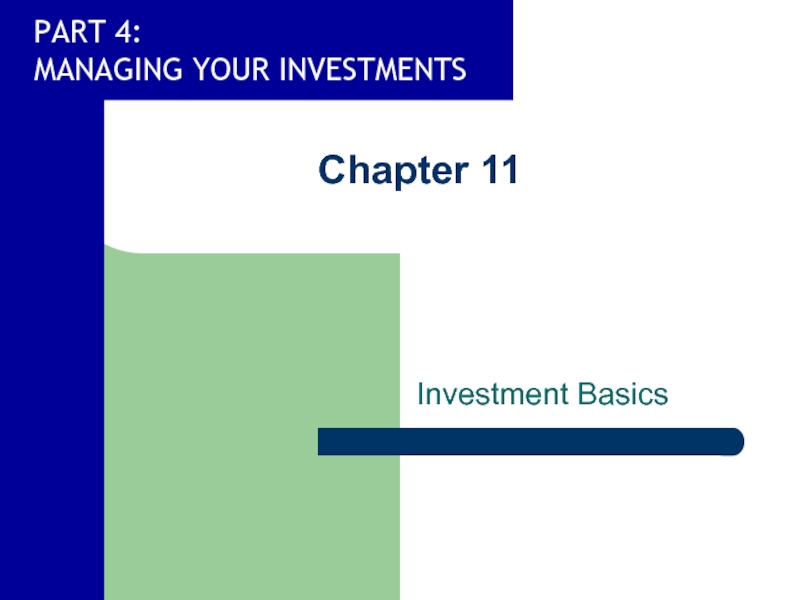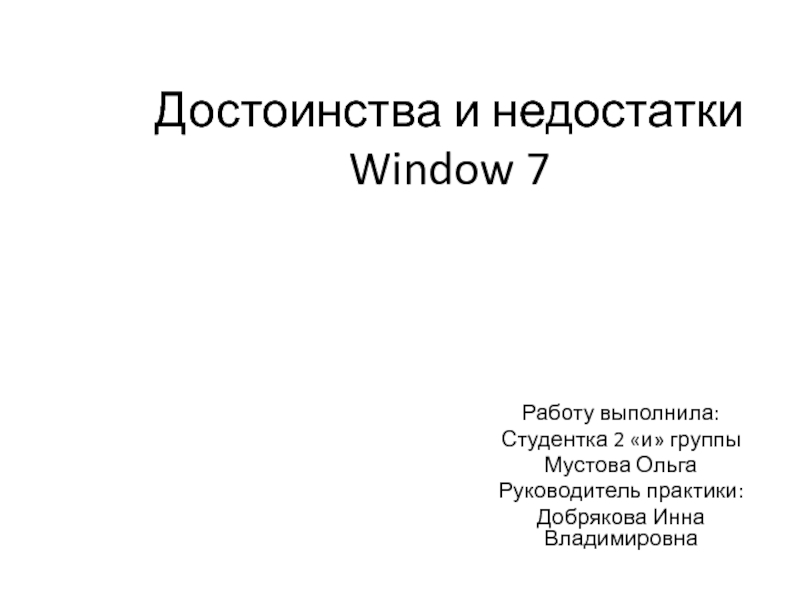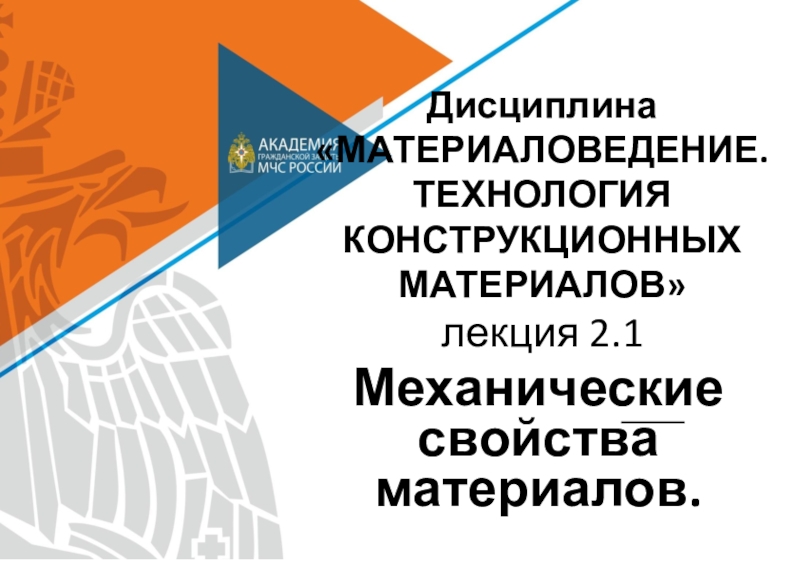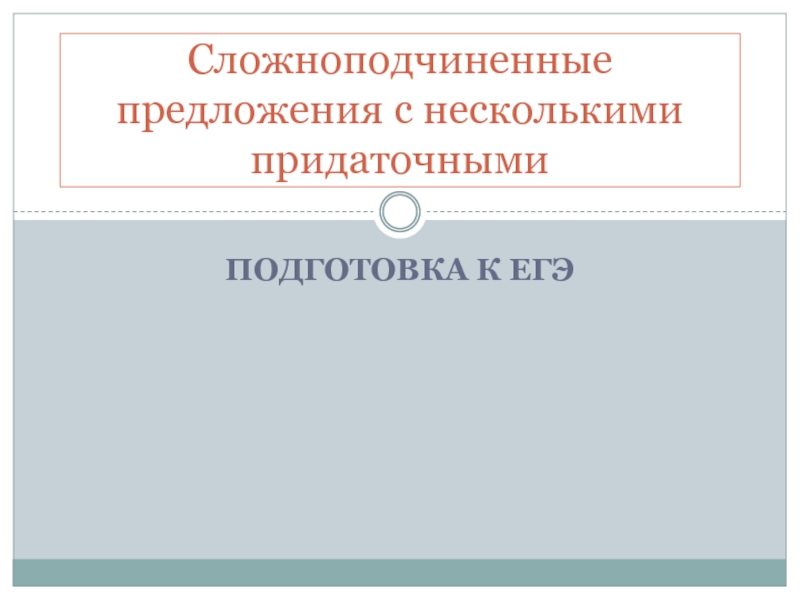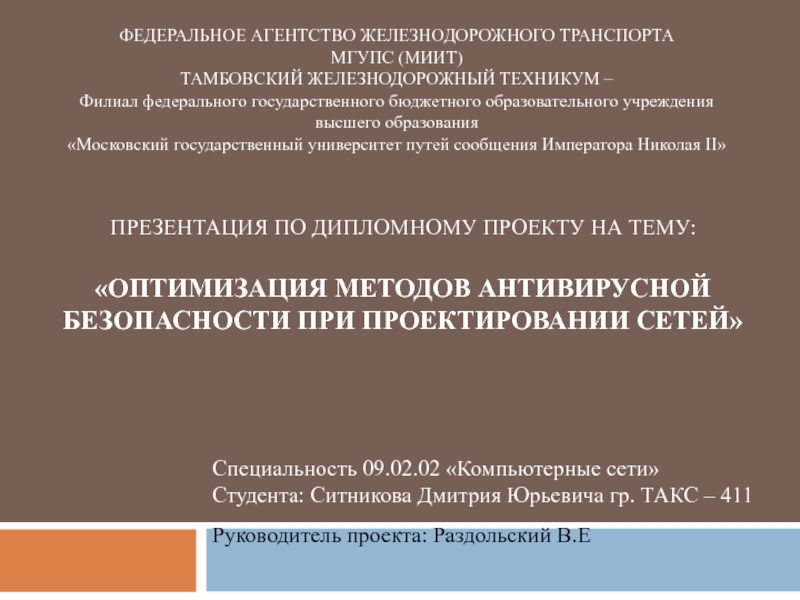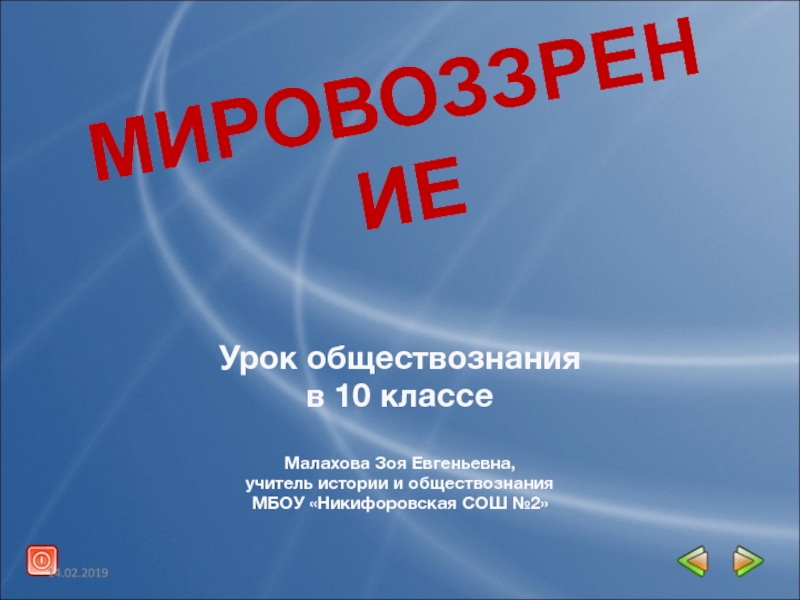Слайд 2Learning Objectives
Set your goals and be ready to invest.
Understand how
taxes affect your investments.
Calculate interest rates and real rates of
return.
Manage risk in your investments.
Allocate your assets in the manner that is best for you.
Слайд 3Investing Versus Speculating
When you buy an investment, you put money
in an asset that generates a return.
Part of that is
income:
Rent on real estate
Dividends on stock
Interest on bonds
Even if the stock or bond does not pay income now, in the future it may.
Слайд 4Investing Versus Speculating
With speculation, assets don’t generate an income return
and their value depends entirely on supply and demand.
Examples include:
Gold
coins
Baseball cards
Non-income producing real estate
Gems
Derivative securities
Слайд 5Investing Versus Speculating
Derivative securities derive their value from the value
of another asset.
Futures - a written contract to buy or
sell a commodity in the future.
Options - the right to buy or sell an asset at a set price on or before maturity date.
Call option – right to buy
Put option – right to sell
Слайд 6Investing Versus Speculating
Futures contracts deal with commodities such as oil,
soybeans, or corn.
It requires the holder to buy or sell
the asset, regardless of what happens to its value in the interim.
Contract sets a price and a future time at which you will buy or sell the asset.
With futures, it is possible to lose more than you invested.
Слайд 7Investing Versus Speculating
Options markets and futures markets are a “zero
sum game.”
If someone makes money, then someone must lose money.
If
profits and losses are added up, the total would be zero.
Can lose more than invested.
Слайд 8Setting Investment Goals
When you make a plan, you must:
Write down
your goals and prioritize them.
Attach costs to them.
Determine when the
money for those goals will be needed.
Periodically reevaluate your goals.
Слайд 9Setting Investment Goals
Formalize goals into:
Short-term – within 1 year
Intermediate-term –
1-10 years
Long-term – over 10 years
Слайд 10Setting Investment Goals
Focus on which goals are important by asking:
If
I don’t accomplish this goal, what are the consequences?
Am I
willing to make the financial sacrifices necessary to meet this goal?
How much money do I need to accomplish this goal?
When do I need this money?
Слайд 11Fitting Taxes into Investing
Compare returns on an after-tax basis:
Marginal
tax is the rate you pay on the next dollar
of earnings.
Make investments on a tax-deferred basis so no taxes are paid until liquidation.
Capital gains and dividend income are better than ordinary income.
Слайд 12Starting Your Investment Program
Tips to Get Started
Pay yourself first –
set aside savings, so spending remains.
Make investing automatic – use
automatic withholding.
Take advantage of Uncle Sam and your employer – try matching investments.
Windfalls – invest some or all.
Make 2 months a year investment months – reduce spending.
Слайд 13Investment Choices
Lending Investments
Savings accounts and bonds.
Debt instruments issued by
corporations and
the government.
Ownership Investments
Preferred stocks and common stocks which
represent ownership in a corporation.
Income-producing real estate.
Слайд 14Lending Investments
A savings account pays interest on the balance held
in the account.
With a bond, the return is usually fixed
and known ahead of time.
Principal returned on maturity date.
Corporate bonds issued in $1000 units.
Pay semiannual interest.
Coupon rate is the annual interest rate.
Слайд 15Ownership Investments
Real estate investments in income-producing properties are illiquid.
Stocks, or
equities, are the most popular ownership investment.
Stocks may pay a
quarterly dividend.
Preferred stock dividends are fixed.
Common stock has voting rights.
Bond interest is paid prior to stock dividends.
Слайд 16Market Interest Rates
Interest rates affect the value of stocks, bonds,
and real estate.
Nominal rate of return is not adjusted
for inflation.
Real rate of return adjusts for inflation.
Real rate = nominal rate - inflation rate
Слайд 17What Makes Up Interest Rate Risk?
Real risk-free rate of return
is what investors receive for delaying consumption.
Short-term Treasury bills
are virtually risk-free. Their interest rate is considered to be the risk-free rate.
Слайд 18What Makes Up Interest Rate Risk?
Inflation Risk Premium
Return above
the real rate of return to compensate for anticipated inflation.
Default
Risk Premium
Compensates investors for taking on the risk of default.
Слайд 19What Makes Up Interest Rate Risk?
Maturity Risk Premium
Additional return
demanded by investors on longer-term bonds.
Liquidity Risk Premium
For bonds that
cannot be converted into cash quickly at a fair market price.
Слайд 20How Interest Rates Affect Returns on Other Investments
Expected returns on
all investments are related.
What you can earn on one investment
determines what you can earn on another.
Interest rates act as a “base” return. When interest rates go up, investors demand a higher return on other investments.
Слайд 21Look at Risk-Return Trade-Offs
Risk is related to potential return.
The more
risk you assume, the greater the potential reward – but
also the greater possibility of losing your money.
You must eliminate risk without affecting potential return.
Слайд 22Sources of Risk in the
Risk-Return Trade-Off
Interest Rate Risk – the
higher the interest rate, the less a bond is worth.
Inflation
Risk – rising prices will erode purchasing power.
Business Risk – effects of good and bad management decisions.
Слайд 23Sources of Risk in the
Risk-Return Trade-Off
Financial Risk – associated with
the use of debt by the firm.
Liquidity Risk – inability
to liquidate a security quickly and at a fair market price.
Слайд 24Sources of Risk in the
Risk-Return Trade-Off
Market Rate Risk – associated
with overall market movements.
Bull markets – stocks appreciate in value
Bear
markets – stocks decline in price
Слайд 25Diversification
“Don’t put all your eggs in one basket.”
Extreme good and
bad returns cancel out, resulting in a reduction of the
total variability or risk without affecting expected return.
Not only eliminates risk but also helps us understand what risk is relevant to investors.
Слайд 26Systematic and Unsystematic Risk
As you diversify, the variability or risk
of the portfolio should decline.
Not all risk can be
eliminated by diversification.
The risk in returns common to all stocks isn’t eliminated through diversification.
Risk unique to one stock can be countered and cancelled out by the variability of another stock in the portfolio.
Слайд 27Systematic and Unsystematic Risk
Systematic Risk
Market-related or non-diversifiable risk.
That portion of
a stock’s risk not eliminated through diversification.
It affects all stocks.
Compensated
for taking on this risk.
Unsystematic Risk
Firm-specific, company-unique, or diversifiable risk.
Risk that can be eliminated through diversification.
Factors unique to a specific stock.
Слайд 28How to Measure the Ultimate Risk on Your Portfolio
For risk
associated with investment returns, look at:
Variability of the average annual
return on your investment.
Uncertainty associated with the ultimate dollar value of the investment.
How the ultimate dollar return on the investment compares to that of another investment.
Слайд 29How to Measure the Ultimate Risk on Your Portfolio
If investment
time horizon is long and you invest in stocks, there
is uncertainty about the ultimate value of investment, so take on additional risk.
Take on more risk as time horizon lengthens.
No place to hide in a crash, both stocks and bonds are affected.
Слайд 30Asset Allocation
How your money should be divided among stocks, bonds
and other investments.
Investors should be diversified, holding different classes of
investments.
Common stocks more appropriate for the long-term horizon.
Asset allocation is the most important investing task.
Слайд 31Asset Allocation and Approaching Retirement
The Golden Years (Age 55-64)
Preserve level
of wealth and allow it to grow.
Start moving into bonds.
Maintain
a diversified portfolio.
Own 60% stocks and 40% bonds.
Слайд 32Asset Allocation and Approaching Retirement
The Retirement Years (Over Age 65)
Spending
more than saving.
Income is primary, capital appreciation secondary.
Safety through diversification
and movement away from common stocks.
Early on, own 40% stocks, 40% bonds, 20% T-bills. Later own 20% common, 60% bonds, and 20% T-bills.
Слайд 33What You Should Know About Efficient Markets
Deals with the speed
at which new information is reflected in prices.
The more
efficient the market, the faster prices react to new information.
If the stock market were truly efficient, then there would be no benefit from stock analysts.
